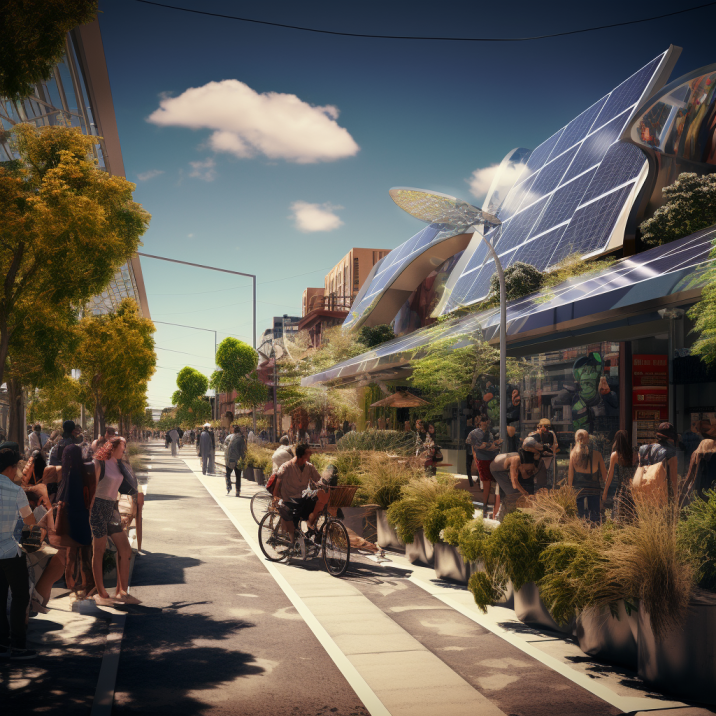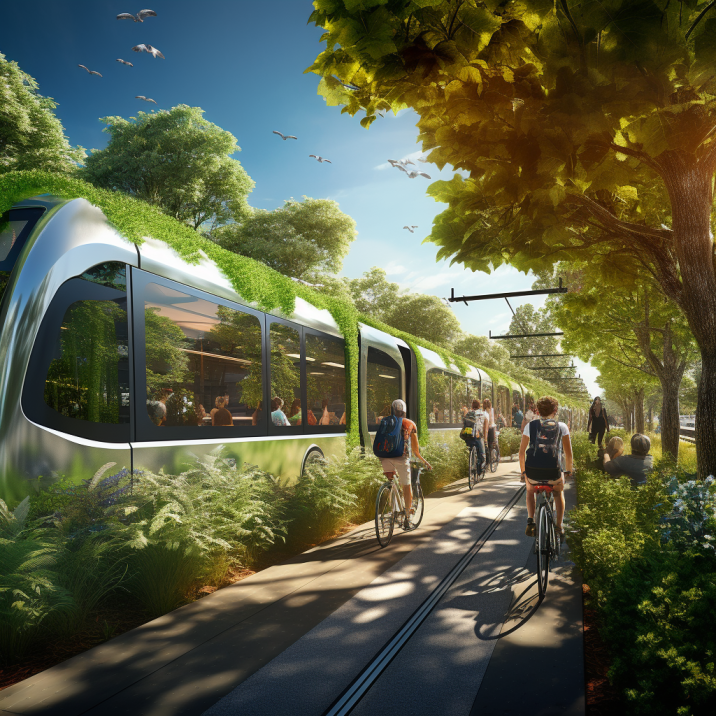The Melbourne Doughnut
Explore how well Melbourne is tracking as a place that supports people and planet to thrive.
Social Equity
Reducing income and wealth inequality is central to the Australian narrative of a 'fair go.' In addition, more equal societies tend to demonstrate stronger social cohesion and be healthier, safer and more trusting. In Melbourne, persistent inequality means that not everyone is able to access all that the city has to offer or experience the same quality of life. In addition, growing levels of inequality are likely to negatively impact Melburnians’ overall sense of security and resilience in the face of challenges.
Principles for Social Equity in a regenerative Melbourne
Social equity in a regenerative Melbourne must be:
- Valued as an objective that brings benefit to all communities and strengthens the social fabric across the city
- Integrated into spatial and social planning to facilitate wellbeing and resilience of the city over the long term, and particularly in the face of more, and more significant, stresses and acute shocks
What we want
Distribution
Everyone is able to access and benefit from the city’s assets and strengths
What we're measuring
Proportion of people living in local government areas with a Gini coefficient greater than 0.5
- 2030 Target
- 0%
- Now
- 25.4%
Placing Social Equity in the system
Local to global connections
Social equity in Melbourne is shaped by institutional influences and the economic system locally, nationally and internationally. Market conditions and trends at a global scale, when accompanied by favourable domestic policies, facilitate concentration of wealth among some segments of the population.
In contrast, the high levels of consumption in Melbourne, including expectations to be able to purchase goods and services at low prices, contribute to inequitable outcomes globally. Outsourcing low-cost manufacturing and service provision to other parts of the world under-values the labour required to produce what we consume, leaving many workers in less wealthy countries with insufficient income to live good lives.
Stories
Learn more
How was this dimension developed?
The Social Equity dimension of the Greater Melbourne City Portrait, including the conceptual framing and data selection, has been developed in collaboration with sector experts from academia, government and industry. A detailed description of the City Portrait methodology is outlined in the About section of the website.
Where can I access the data?
Data for Social Equity, along with the other Social Founation dimensions are available in the Social Foundations Dataset.
For Ecological Celing dimensions, see the Ecological Ceiling Dataset.
Where can I find more information on Social Equity in a regenerative Melbourne?
The City Portrait is informed by extensive research and resources on Doughnut Economics and related frameworks, as well as sector-specific research associated with each dimension. More detailed research that has informed the Social Equity dimension is available to explore via Altiorem's library.
How can I get involved?
To get involved with ongoing development of the City Portrait or learn more about Regen Melbourne, email alison@regen.melbourne




